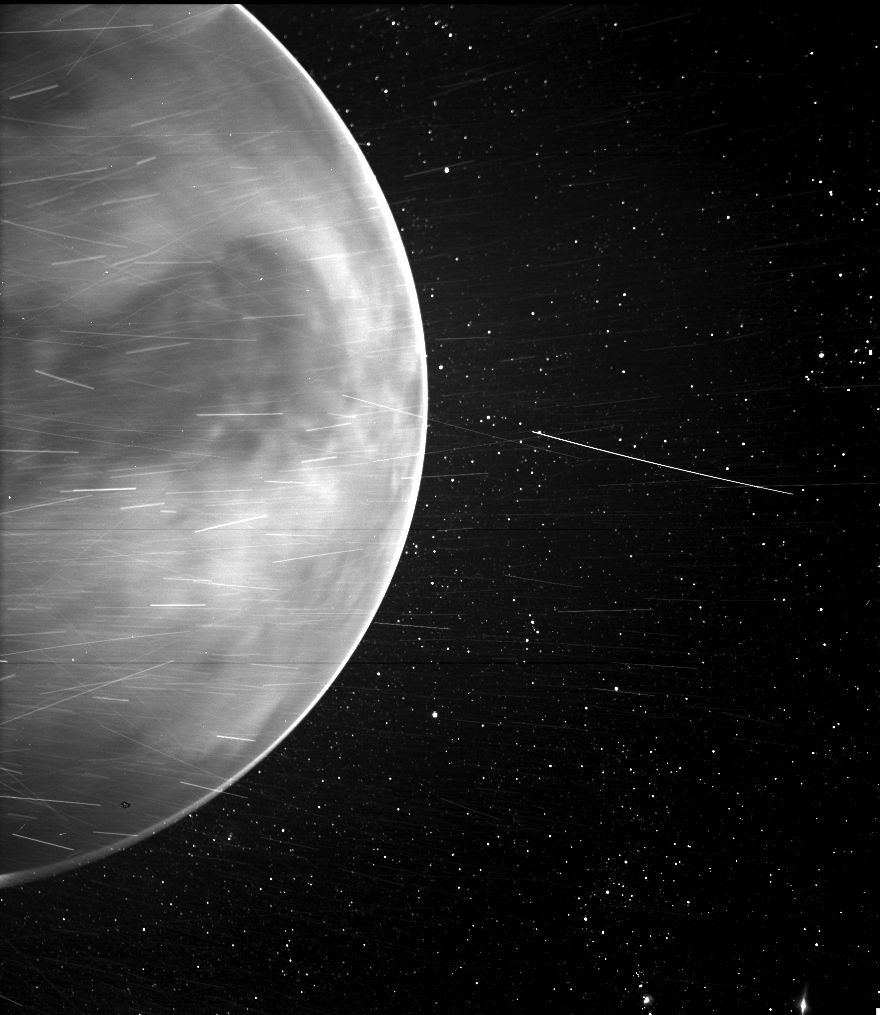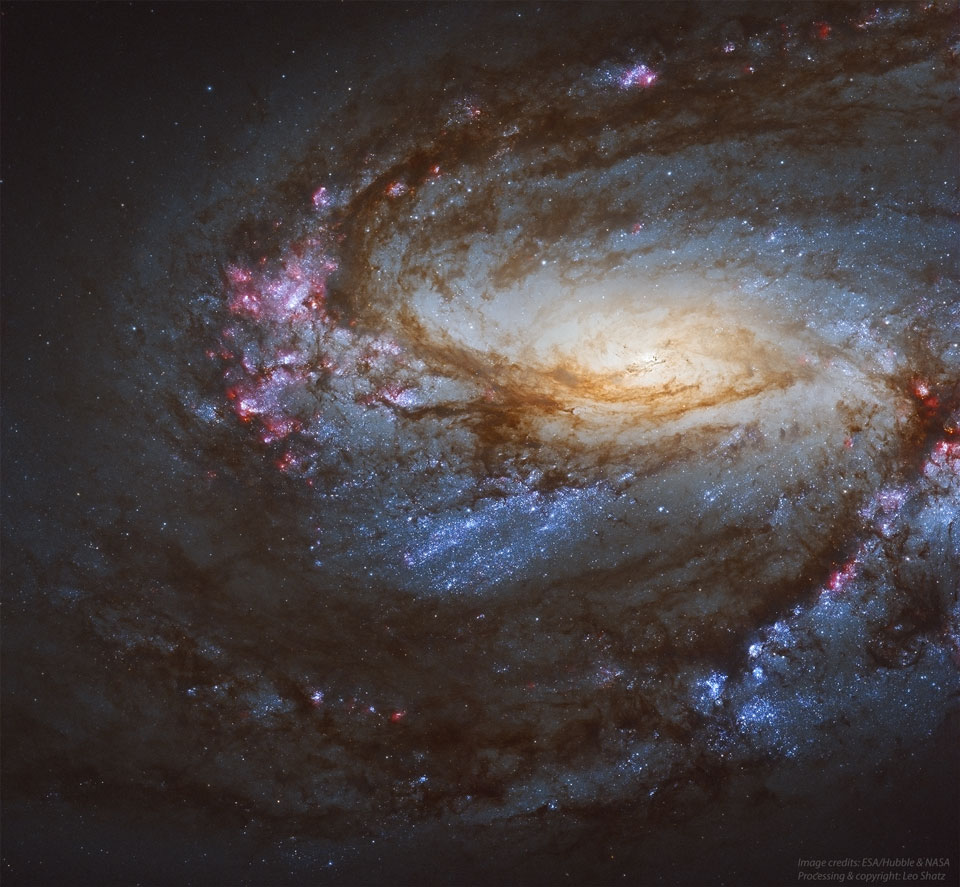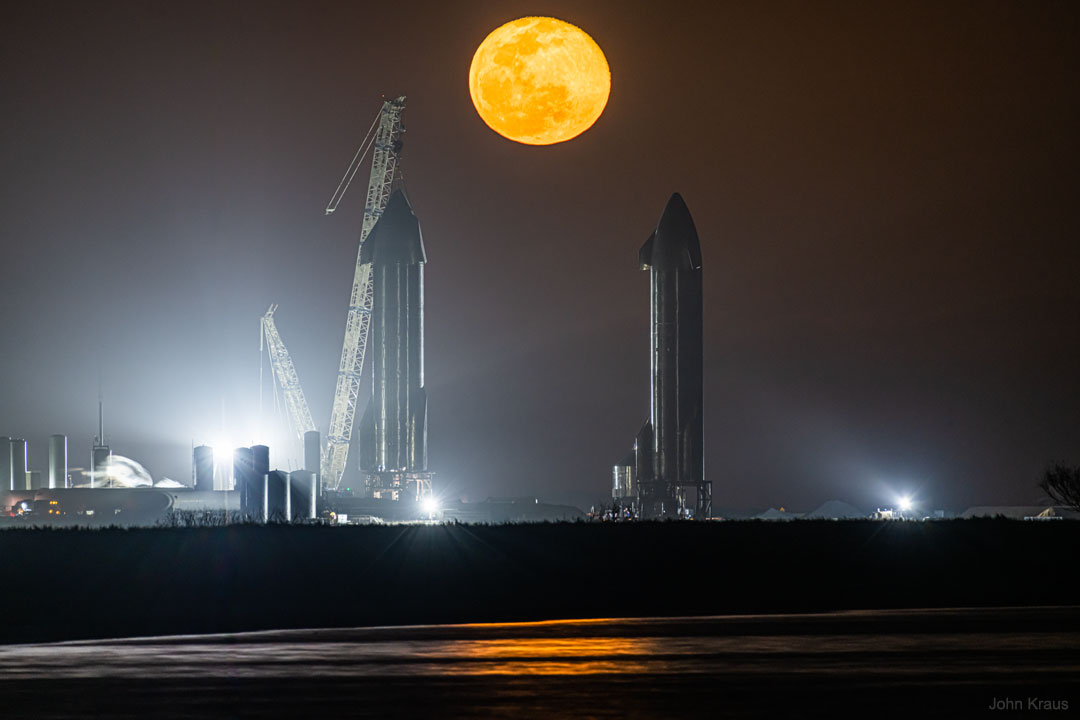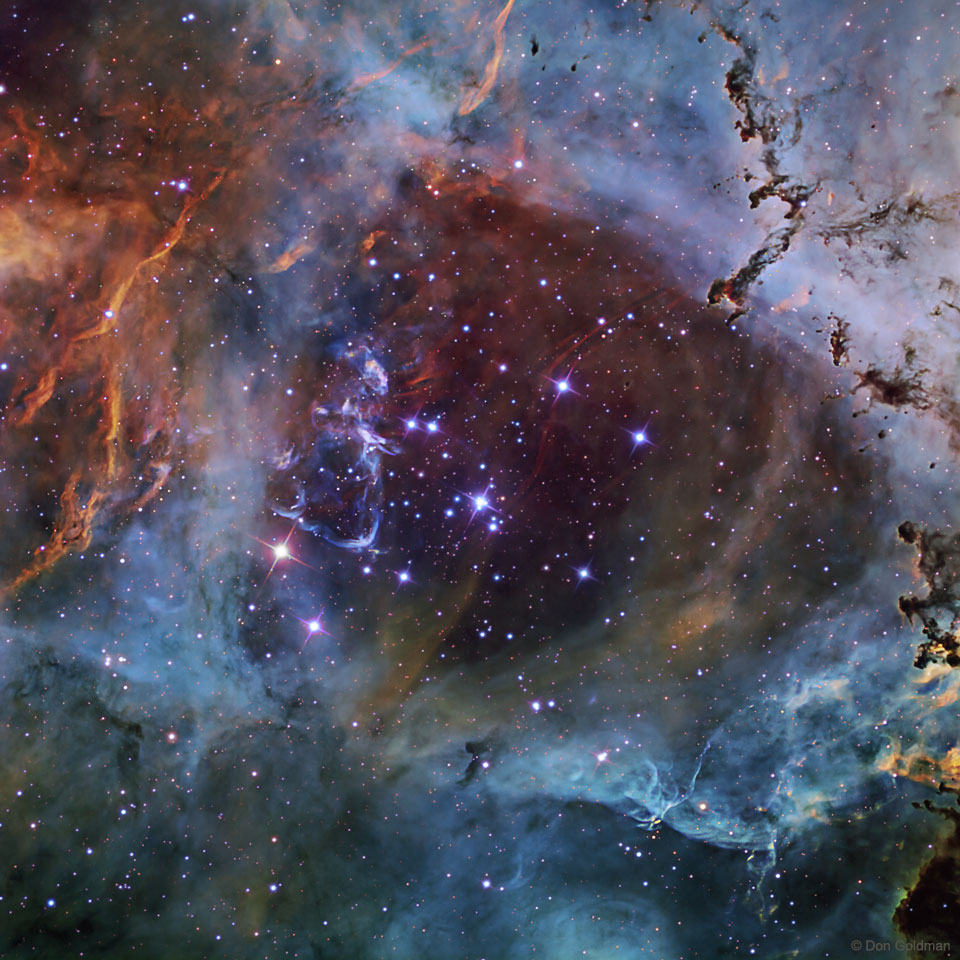Nombre total de pages vues
26/02/2021
DESCOBERTAS CIÊNCIA - A pilha voltaica
ASTRONOMIE - Un cratère géant rempli de glasse immortalisé sur Mars
Un cratère géant rempli de glasse immortalisé sur Mars
ASTRONOMY - Mars Perseverance Sol 3
2021 February 26
Image Credit: NASA, JPL-Caltech, MSSS, ASU
Explanation: Stitched together on planet Earth, 142 separate images make up this 360 degree panorama from the floor of Jezero Crater on Mars. The high-resolution color images were taken by the Perseverance rover's zoomable Mastcam-Z during mission sol 3, also known as February 21, 2021. In the foreground of Mastcam-Z's view is the car-sized rover's deck. Broad light-colored patches in the martian soil just beyond it were scoured by descent stage rocket engines during the rover's dramatic arrival on February 18. The rim of 45 kilometer-wide Jezero Crater rises in the distance. In the coming sols, Perseverance will explore the ancient lake-delta system in the crater, hunting for signs of past microscopic life and collecting samples for potential future return to planet Earth.
25/02/2021
ASTRONOMY - A Venus flyby
2021 February 25
Image Credit: NASA, JHUAPL, Naval Research Lab, Guillermo Stenborg and Brendan Gallagher
Explanation: On a mission to explore the inner heliosphere and solar corona, on July 11, 2020 the Wide-field Imager on board NASA's Parker Solar Probe captured this stunning view of the nightside of Venus at distance of about 12,400 kilometers (7,693 miles). The spacecraft was making the third of seven gravity-assist flybys of the inner planet. The gravity-asssist flybys are designed to use the approach to Venus to help the probe alter its orbit to ultimately come within 6 million kilometers (4 million miles) of the solar surface in late 2025. A surprising image, the side-looking camera seems to peer through the clouds to show a dark feature near the center known as Aphrodite Terra, the largest highland region on the Venusian surface. The bright rim at the edge of the planet is nightglow likely emitted by excited oxygen atoms recombining into molecules in the upper reaches of the atmosphere. Bright streaks and blemishes throughout the image are likely due to energetic charged particles, and dust near the camera reflecting sunlight. Skygazers from planet Earth probably recognize the familiar stars of Orion's belt and sword at lower right.
24/02/2021
ASTRONOMY - Spiral Galaxy M66 from Hubble
2021 February 24
Image Credit: NASA, ESA, Hubble, Janice Lee; Processing & Copyright: Leo Shatz; Text: Karen Masters
Explanation: It’s always nice to get a new view of an old friend. This stunning Hubble Space Telescope image of nearby spiral galaxy M66 is just that. A spiral galaxy with a small central bar, M66 is a member of the Leo Galaxy Triplet, a group of three galaxies about 30 million light years from us. The Leo Triplet is a popular target for relatively small telescopes, in part because M66 and its galactic companions M65 and NGC 3628 all appear separated by about the angular width of a full moon. The featured image of M66 was taken by Hubble to help investigate the connection between star formation and molecular gas clouds. Clearly visible are bright blue stars, pink ionized hydrogen clouds -- sprinkled all along the outer spiral arms, and dark dust lanes in which more star formation could be hiding.
23/02/2021
ASTRONOMY - Video: Perseverance Landing on Mars
2021 February 23
Video Credit: NASA/JPL-Caltech, Mars 2020 Mission Team
Explanation: What would it look like to land on Mars? To better monitor the instruments involved in the Entry, Decent, and Landing of the Perseverance Rover on Mars last week, cameras with video capability were included that have now returned their images. The featured 3.5-minute composite video begins with the opening of a huge parachute that dramatically slows the speeding spacecraft as it enters the Martian atmosphere. Next the heat shield is seen separating and falls ahead. As Perseverance descends, Mars looms large and its surface becomes increasingly detailed. At just past 2-minutes into the video, the parachute is released and Perseverance begins to land with dust-scattering rockets. Soon the Sky Crane takes over and puts Perseverance down softly, then quickly jetting away. The robotic Perseverance rover will now begin exploring ancient Jezero Crater, including a search for signs that life once existed on Earth's neighboring planet.
22/02/2021
ASTRONOMY - Moon Rising Between Starships
2021 February 22
Image Credit & Copyright: John Kraus
Explanation: What's that on either side of the Moon? Starships. Specifically, they are launch-and-return reusable rockets being developed by SpaceX to lift cargo and eventually humans from the Earth's surface into space. The two rockets pictured are SN9 (Serial Number 9) and SN10 which were captured near their Boca Chica, Texas launchpad last month posing below January's full Wolf Moon. The Starships house liquid-methane engines inside rugged stainless-steel shells. SN9 was test-launched earlier this month and did well with the exception of one internal rocket that failed to relight during powered descent. SN10 continues to undergo ground tests and may be test-launched later this month.
21/02/2021
ASTRONOMY - NGC 2244: A Star Cluster in the Rosette Nebula
2021 February 21
Image Credit & Copyright: Don Goldman
Explanation: In the heart of the Rosette Nebula lies a bright open cluster of stars that lights up the nebula. The stars of NGC 2244 formed from the surrounding gas only a few million years ago. The featured image taken in January using multiple exposures and very specific colors of Sulfur (shaded red), Hydrogen (green), and Oxygen (blue), captures the central region in tremendous detail. A hot wind of particles streams away from the cluster stars and contributes to an already complex menagerie of gas and dust filaments while slowly evacuating the cluster center. The Rosette Nebula's center measures about 50 light-years across, lies about 5,200 light-years away, and is visible with binoculars towards the constellation of the Unicorn (Monoceros).
20/02/2021
ASTRONOMY - NASA’s SDO Captures Brilliant Solar Eruption T
SANTé/MEDECINE - ADN : Simple brin de certains virus
Chez certains virus , comme les bactériophages (les Microvirus ou les Levivirus), qui attaquent spécifiquement les bactéries , le génome n...

-
2021 May 11 Lightning and Orion Beyond Uluru Image Credit & Copyright: Park Liu Explanation: What's happening behind Uluru? A Un...
-
2025 January 14 North Star: Polaris and Surrounding Dust Image Credit & Copyright: Davide Coverta Explanation: Why is Polaris called ...





